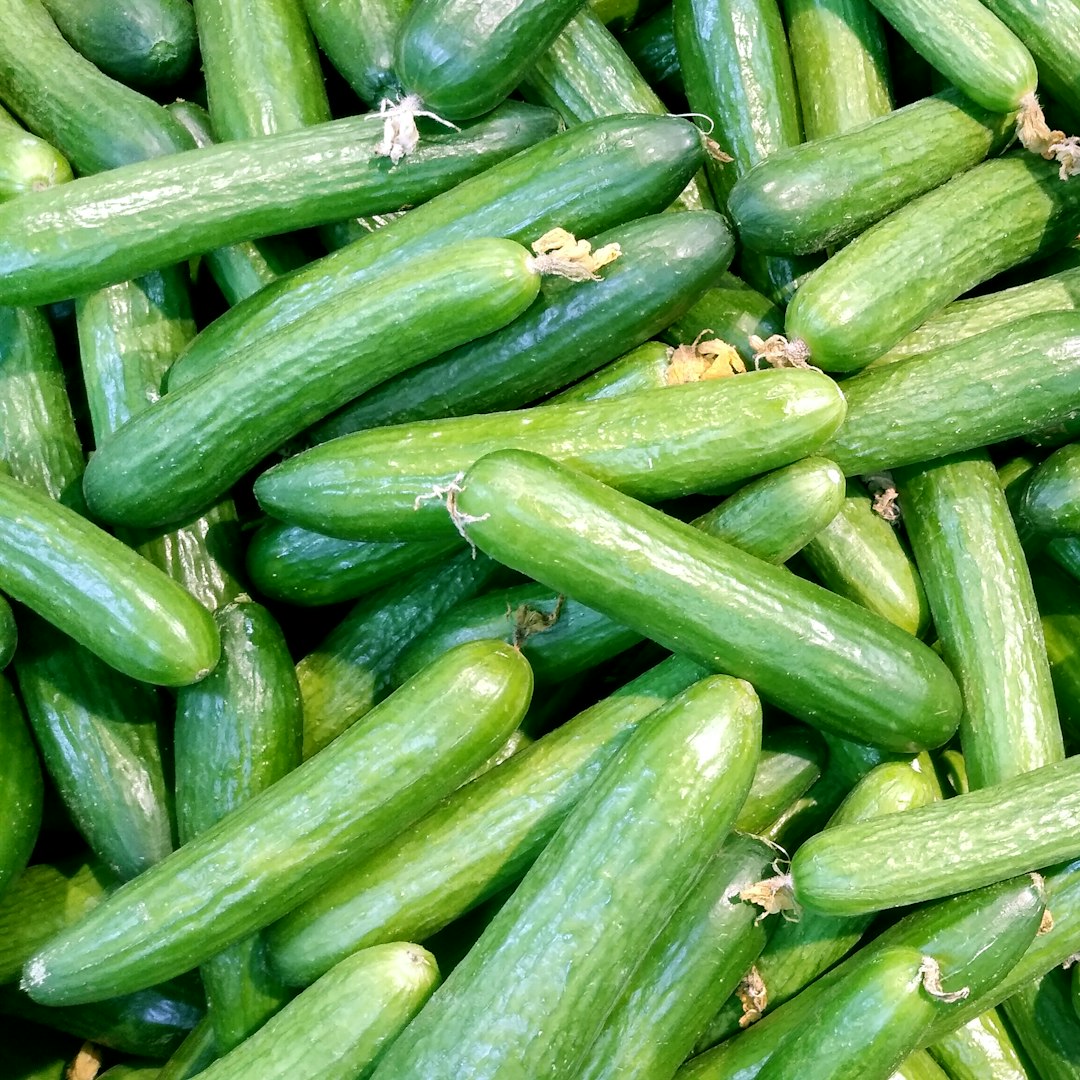Winter Gardening: Paving the Way for a Lush Spring Yard

As the cold winter months set in, many might think that gardening is a task to be put on hold until the warmth of spring arrives. However, winter is actually a crucial time to prepare your yard for the upcoming growing season. By engaging in a few key winter gardening tasks, you can ensure that your garden will thrive when the temperatures rise.
One of the most important winter gardening tasks is pruning trees. Pruning is not only about shaping the tree but also about promoting its health. During the winter, trees are in a dormant state, which means they are less likely to be stressed by the pruning process. Start by removing any dead, damaged, or diseased branches. These branches can be a breeding ground for pests and diseases, and removing them will help prevent the spread of problems to the rest of the tree. Use sharp, clean pruning shears or saws to make clean cuts. Make sure to cut at a 45 - degree angle, just outside the branch collar. This will allow the tree to heal properly. Pruning also helps to improve the tree's structure, allowing more sunlight and air to reach the inner branches, which is essential for healthy growth.
Mulching perennials is another vital winter task. Perennials are plants that come back year after year, and they need protection during the cold winter months. Apply a layer of mulch around the base of your perennials. Mulch acts as an insulator, protecting the roots from extreme cold and temperature fluctuations. It also helps to retain moisture in the soil, which is important even during the winter when the ground may freeze. Organic mulches such as shredded leaves, straw, or bark chips are excellent choices. Spread a layer of 2 - 3 inches thick around the plants, making sure to keep the mulch away from the stems to prevent rot. The mulch will also break down over time, adding nutrients to the soil and improving its structure.
Starting vegetable seeds indoors is a great way to get a head start on the spring growing season. Many vegetables, such as tomatoes, peppers, and eggplants, have a long growing season and benefit from an early start. You can start these seeds in small containers filled with a good quality seed - starting mix. Place the containers in a warm, sunny location, such as a south - facing window or under grow lights. Keep the soil moist but not waterlogged. As the seeds germinate and grow, you may need to thin out the seedlings to give them enough space to develop. This will ensure that you have strong, healthy plants ready to transplant into your garden when the weather warms up.
Winter is also a good time to clean up your garden tools. Over the growing season, tools can accumulate dirt, rust, and plant debris. Cleaning your tools not only extends their lifespan but also helps prevent the spread of diseases from one plant to another. Start by removing any dirt and debris from the tools with a brush or a cloth. For metal tools, such as shovels and hoes, you can soak them in a solution of warm, soapy water to remove stubborn dirt. After cleaning, dry the tools thoroughly to prevent rust. You can also apply a thin layer of oil to the metal parts to further protect them from rust. Sharpen the blades of pruning shears and saws to ensure clean cuts.
Inspecting your garden beds is another important winter task. Walk around your garden and look for any signs of erosion, soil compaction, or drainage problems. Erosion can wash away valuable topsoil, while soil compaction can prevent roots from growing properly. If you notice any areas with poor drainage, you can take steps to improve it, such as adding organic matter to the soil or creating raised beds. You can also mark any areas where you want to make changes in the spring, such as adding new plants or rearranging existing ones.
Finally, don't forget to plan your garden layout for the spring. Look at your garden space and decide which vegetables, flowers, and shrubs you want to plant. Consider factors such as sunlight, soil type, and plant spacing. You can use graph paper or online garden planning tools to create a detailed layout. This will help you make the most of your garden space and ensure that your plants have the best chance of success.
In conclusion, winter gardening is not just about waiting for spring. It is a time to take proactive steps to prepare your yard for the growing season ahead. By pruning trees, mulching perennials, starting vegetable seeds, cleaning tools, inspecting garden beds, and planning your garden layout, you can set the stage for a beautiful, productive garden in the spring. So, bundle up, grab your gardening tools, and get ready to give your yard the care it needs during the winter months.